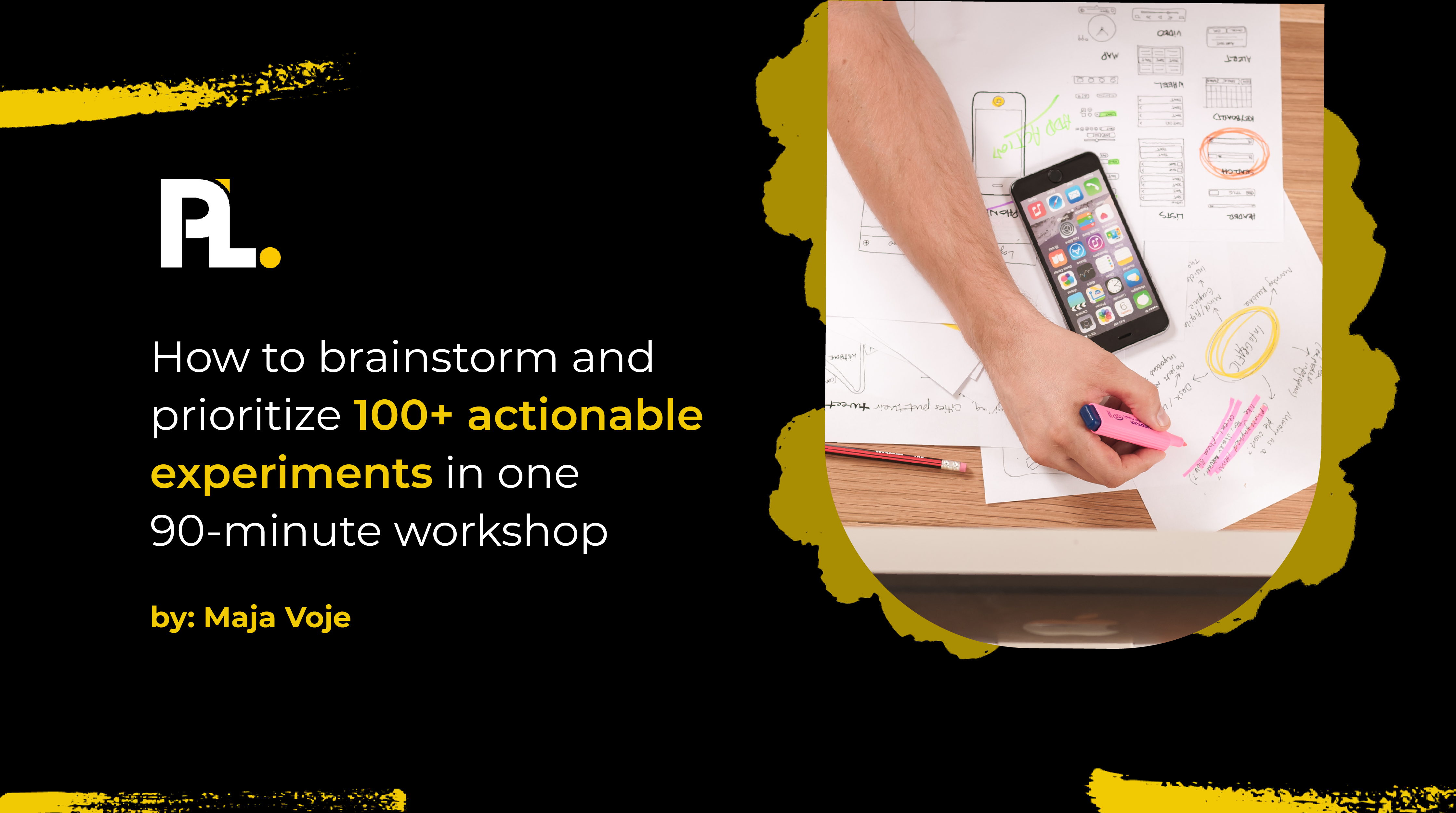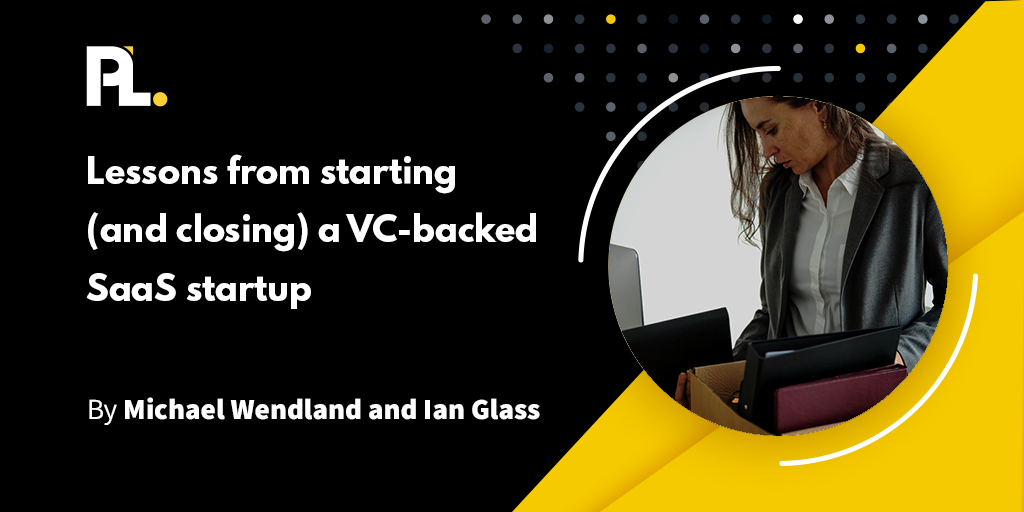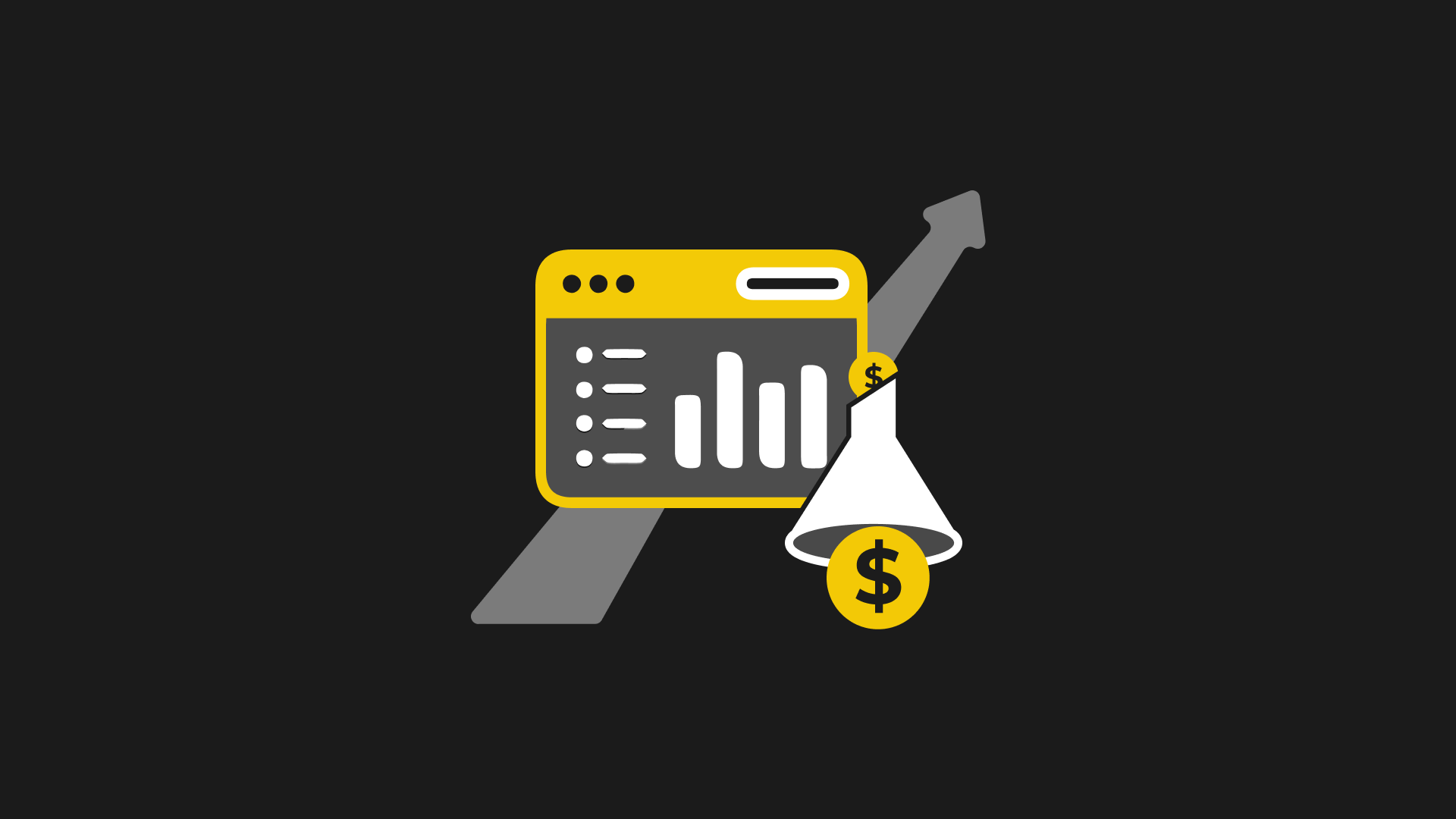
How do I increase my activation rate? What defines an activated user?
Transitioning to a product-led growth (PLG) model brings up questions like this and more. Activation rate for SaaS companies is one of the most essential metrics you can optimize. It determines your growth and monetization.
Improving your SaaS activation rate can be simplified. Leverage teamwork and a collaborative approach to get the most out of your time. And don’t be afraid to experiment.
In this article, find out how Auth0 dove head first into the activation funnel, what they learned from their experimentation, and ways your product-led team can improve onboarding.
Understanding Activation, Retention, and Product-Led Growth
PLG shows that you care about your users. How? Because you are allowing them to discover the true value by using the product.
It’s easy to market an excellent product and get paying customers.
Here, activation and retention are the key goals.
- Activation happens when users understand the value proposition of your app.
- Retention means that users try and continue to use the application because you provide value for them.
To retain users, they first need to be activated – they can recognize at this stage precisely why they want to use the app.
What Defines an Activated User?
User activation and the “Aha! moment” are separate events.
The “Aha! moment” is not when your users actually get value. It’s when they perceive your product as valuable enough to continue using it. They like, or love, your product at this point in the onboarding flow.
Activation is when users convert from a trial to a paid subscription. They have experienced value and are ready to activate the key features of your product.
The “Aha! moment” precedes activation and is a natural step towards going premium.
How Do You Calculate the Activation Rate?
Your user activation rate is the number of users that sign up for a free trial and reach the activation milestone.
The activation rate is simple to calculate:
- Divide the users who reach activation by the number of users who signed up.
- Next, multiply the result by 100.
To start, define the in-app events in your activation funnel when a user persona gains value from your product. Then, within a certain period, narrow the number of users who complete the measurable events.
Improve your in-app experiences for user groups by dividing them according to their personas. Doing so lets you calculate activation rates separately and truly understand user behavior.
What Is a Good User Activation Rate?
Product-led growth is widely accepted as the way forward for SaaS businesses. With that, aiming for an excellent user activation rate is a top priority.
Optimal user activation indicates an efficient, well-spent customer activation funnel.
Leading PLG companies maintain an average activation rate between 20% and 40% for freemium and free trial products..
Why is the user activation rate so important during onboarding?
According to UserPilot, activation is a key metric for growth in SaaS companies. Over 12 months, a 25% increase in activation brings about a 34% rise in monthly recurring revenue (MRR).
What Does a Low Activation Rate Indicate?
A low activation rate can come from several separate issues, although they’re often related. Explore whether your activation rate is being affected by one of these obstacles:
- Onboarding issues
- User experience issues
- High friction or bugs when using features
- Lacking necessary features
If activation rates are low, it’s because the user isn’t able to perceive the value of the app. Without perceiving value, they aren’t motivated to continue using it.
Why User Activation Should Get More Focus Than User Acquisition
Ensuring you have the essential steps leading to activation helps convert new users. Otherwise, what’s the use of acquiring them?
The bar graph below shows the relative impact of improving each acquisition, monetization, and retention by 1%.
Bottom line profits are impacted twice as much by retention with just a 1% increase in impact. Of course, monetization will be even more, as it’s about dollars.
It’s even more important to focus on activation than acquisition once you get a decent number of users signing up.
Improving retention clearly spurs growth in many other levers of growth.
Acquisition
Retaining users improves acquisition. Activated users stick around longer, thus driving this positive feedback loop.
When you retain users, they engage in positive output for your business by sharing, inviting, or boosting your word-of-mouth reputation.
As you gain new users who recommend and stick with your SaaS product, it kickstarts a positive cycle fueling growth.
Monetization
How do you make money? By boosting retention.
Here are two key ways it helps:
- Retaining a majority of the cohort causes revenue to increase within the given timeframe.
- Retaining that portion of the cohort for an extended period increases their lifetime value.
Retaining users on the freemium model, for example, indicates they’re finding value in your product. This gives a company more time to upgrade or add new tiers for users to subscribe to or purchase.
Retention
The goal is to retain users you worked hard to acquire, and it will exponentially impact acquisition, monetization, and other growth levers.
Good retention rates:
- Increase virality
- Boost lifetime value
- Reduce payback period
- Increase revenue
As we know, to retain your users, they need to experience the value you provide. When you retain those users and increase revenue, you can spend more on the acquisition, giving you a competitive edge.
Retention also benefits your business by reducing the payback period, which boosts faster growth, monetization, and reinvesting in acquisition to further fuel SaaS growth.
What Happens if You Don't Focus on Activation and Retention
Most teams get confused when they have a high signup rate, but most users don’t stick around and use the product consistently.
This scenario leads to a graph like the one illustrated below: a promising start with a sharp drop.

Before Auth0 started focusing on retention, there were clear drops in users at the beginning of a one-week period. After that, it stayed relatively stable. This made us think that we had to target the first part of the cohort to get better retention.
Sometimes startups need to guide their users and explain what’s happening as they work through the onboarding process. In Auth0, we saw a lot of sign-ups every month, but only a handful was activating.
Those who activated were retained – meaning they liked the product.
Most startups haven't focused on activation and believe their product is easy for users to understand, and that's not always the case.
Activation is the biggest chance we have to increase retention. We want to move toward a product-led growth model, and we now understand that activation needs to be our focus.
Creating the Onboarding Team in a Product-Led Company
Auth0 has two simple rules of engagement (listed below) to improve and hit our KPIs for onboarding.
Additionally, our Developer Productivity and Growth Marketing teams collaborate on this crucial stage in the user journey.
By pairing the efforts of these teams for onboarding, we hone in on two essential KPIs and target the different issues coming up during this stage.
Developer Productivity Team
Our Developer Productivity team includes a product manager, designer, and engineer. The focus of this product team is to improve the experience of the developers.

When they started doing research and discovery, they learned that most users were lost from the beginning. So, we knew we had a problem with activation.
For this team, the key performance indicator (KPI) for onboarding is the time to activation.
Growth Marketing Team
At Auth0, the focus of the Growth Marketing team is driving sales-qualified opportunities and revenue from potential customers. Their main KPI is pipeline generated from inbound leads.

This team speculated that if we have more signups that are activated and more signups are retained, we'll generate more revenue and more pipeline from them.
The team had an investment in retention and the crucial first stages of onboarding, just like the Developer Productivity team. So, we combined their unique approaches toward optimizing onboarding.
We set two rules of engagement for this experiment:
- Two teams meet before one of them decides to try something new.
- Two teams review the other team's work before shipping.

Once one team has an idea and does a mockup, the two teams will meet before going to implementation. The goal is to understand if a new experiment would serve KPIs or onboarding objectives.
And if not, how do we solve that?
At the end, before we ship the experiment or A/B test, the two teams will meet to review each other's work.
3 Experiments to Boost Activation and Retention Rate
Now armed with our two-team onboarding approach, Auth0 engaged with different hypotheses that could boost retention and reduce churn.
It’s clear that throughout these experiments, the marrying of growth marketing and developer productivity led to improved results. But first, we can reflect on our mistakes.
Attempt #1: Growth Marketing Working Solo
We discussed how to start driving activation with the Growth Marketing team. They were tasked to think of an experiment or new approach we could test to reach this goal.
The Goal
Working independently, this team came up with the idea to teach via a guide. We wanted the customer journey to lead to higher activation rates.
The Hypothesis
We thought (in hindsight, it seems silly) that potential customers could follow along with this guide. They would complete the steps and, eventually, understand how to do it by themselves.
Once it's finished, they would need to set up the features on their own.
The Implementation
A guided tour explained how to help users with authentication and authorization.

The “Getting Started” tab provided a guide for the users to follow. If users elected to click “Start Demo,” they’d be shown how our app works, what is needed, and so on.
The Results
The results were terrible. The guide either made no significant change or, in some cases, it was actually worse for the users. Because, in hindsight, those users didn't want the guide. At least not all of them.
Takeaways
Auth0 did some qualitative feedback – which is something I recommend every SaaS company do.
We selected users who went through the experiment and interviewed them, asking questions about what worked, what didn’t, and why they did specific actions.
An experiment only fails if you don't learn anything.
We learned that:
- Some users didn't like this do-it-yourself approach.
- However, a few users wanted this, which was essential for us to know.
- Some users ended up on the dashboard because they lacked information.

Users who ended up on the dashboard were looking for information on the Auth0 website for a specific use case. They couldn't find it, so they signed up to the dashboard, thinking they might find it there.
We also had some users who wanted guided instructions as they discovered the product themselves. To help them out, we needed an interactive experience taking them through the steps of implementing the application.
We were overwhelmed because we had users asking for:
- A guided, hands-off approach
- An interactive, hands-on approach
- The ability to leave the dashboard
And at the same time, we actually implemented two experiments.
Attempt #2: Request a Meeting
Onboarding involves personalization for the user. We started by asking some simple questions about their customer journey, but then we decided to take our research a step further with another experiment.
The Goal
Auth0 wanted to target prospects who lacked information. They came to the dashboard and then left because they couldn’t find what they needed. We wondered: how can we get these people to stay?
The Hypothesis
During onboarding, we ask the user a few questions, like:
- Are you a technical person?
- What is your company size?
- What are you trying to do, and why?
The Growth team wondered if Auth0 should add an option for a user to book a meeting with a sales representative as part of the onboarding to get personalized assistance and answers to their questions.
The Developer Productivity team suggested not to show this option to everybody. They speculated that putting them in touch with sales might hurt activation.
The Implementation
We decided only to show the option to request a meeting for corporate emails – meaning no Gmail, Hotmail, Yahoo, or other domain names. In addition, we opted to only present the meeting request to medium- and large-sized companies.

The Results
This experiment was a huge success because:
- The needs of more users were satisfied.
- Users were still being activated and becoming active users.
We also generated a pipeline from these sign-ups that didn't want to try the dashboard. The users that talked to sales created a lot of opportunities. In the end, this experiment generates more annual recurring revenue.
Takeaways
From this experiment, Auth0 arrived at a great place with onboarding. We narrowed our focus by only showing this option to users we thought would want a meeting.
Team collaboration was beneficial for the project. If the Growth Marketing team had been working alone, they would have decided to show everybody the “Request Meeting” button. This collaboration proved to us that the setup helps Auth0 optimize activation.
Attempt #3: Product Tour
We are constantly striving to iterate and improve activation at its core. This experiment came from an idea in the Growth Marketing team to do just that.
The Goal
The experiment aimed to show people the option to do a product tour, like a demo, and showcase all the product feature to people who didn't set it up.
The Hypothesis
The Growth Team hypothesized that the product tour would help people who weren't developers and users who wanted a demo to show to somebody else.
However, the Developer Productivity team was concerned that people who watched the product tour might not fully understand the product’s value and wouldn’t advance to the dashboard. This action would result in a huge drop-off.
Based on this concern, the Growth Marketing team added a new KPI of how many people we activate who aren’t dropping off.
The number of people dropping off and not going to the dashboard affects how many reach activation in the end.
This concern didn't change how Auth0 set up the experiment. But it did change what the KPI was and how we would measure if the experiment was a success.
The Implementation
We added the KPI to measure dropoff and activation besides the pipeline – which is great because now we care about the activation rate and the pipeline together.
As part of the onboarding, the user gets a banner proposing an Auth0 product tour like the one below.
The Results
This experiment was a huge success as well. We received a ton of opportunities, and we increased our active users.
We increased activation by adding this test and having fewer people come to the dashboard. Because the people who got to the dashboard really wanted to be there.
Takeaways
Auth0’s onboarding teams work together to create more opportunities for activation and boost retention.
Growth Marketing owns pre-dashboard onboarding. Before the user goes to the dashboard, the Growth team sets up the account and asks questions about the user.
The Developer Productivity team owns the in-dashboard onboarding and guides the user.
Within the rules of engagement, both teams communicate about experiments moving forward and have the opportunity to collaborate seamlessly on all parts of the onboarding process.
How Can Conflict Help Your Activation Metrics?
Promoting healthy conflict helps fuel revenue growth and user happiness.
Getting teams working together was a massive success for Auth0 even though, in the beginning, there were some fears.
We learned healthy conflict is awesome and drives the best solution for our users.
Different teams can discuss issues to get a better output. By thinking about multiple KPIs that each team focuses on, they can deliver a well-rounded approach. Find out how to apply these new learnings to your SaaS activation rate. Improve onboarding and activation metrics by signing up for the free Fundamentals of Product-Led Growth training.





%20(1).png)















